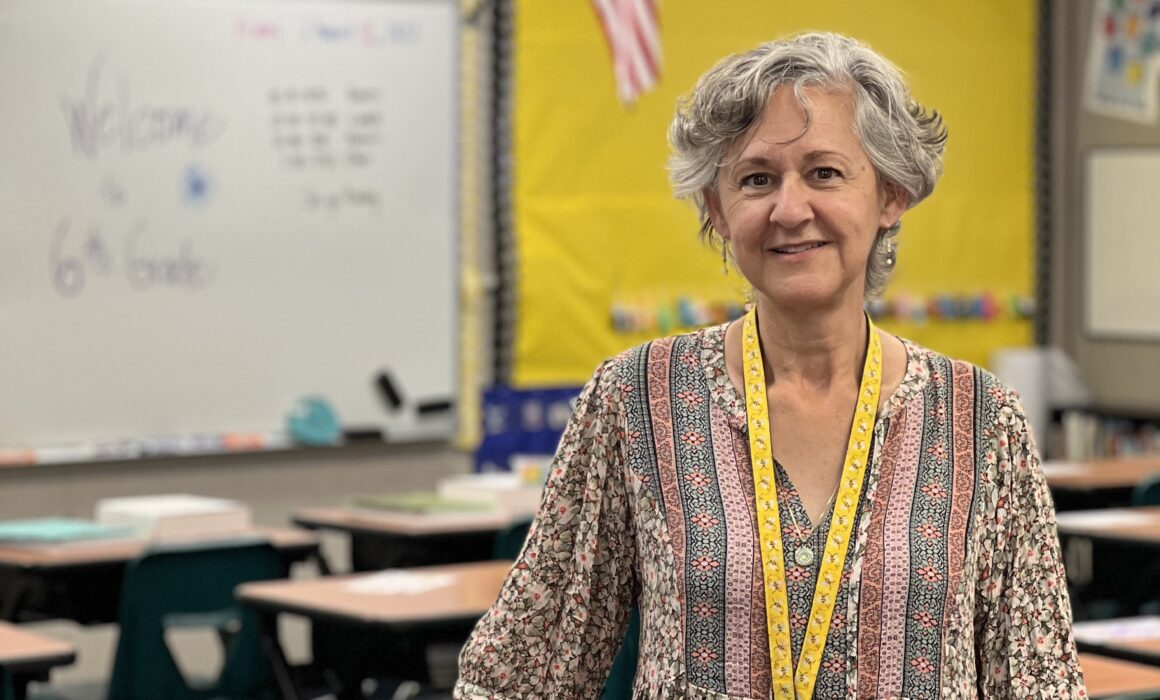
Once I started going back to school and the pieces fell together, it felt like this is where I’m supposed to be,” says special education teacher Wendy Matteson, a Temecula Valley Educators Association member. “Like this is my purpose.”
The journey to being an educator is often not a direct course, with many landing on campuses later in life, after other successful careers. These educators are vital to our public schools, bringing their varied experiences and fresh passion to classrooms at a time when they are needed so — the nationwide educator shortage exacerbated by pandemic-related retirements and increasing numbers of teachers who leave for less stressful and better paying careers.
CTA President E. Toby Boyd is one of these educators, having first worked in the financial industry before finding the way to his calling as a kindergarten teacher.
“I wanted to be a child psychologist, but I took a few detours in life and ended up in banking,” says Boyd, who decided to leave finance to spend more time with his newborn daughter. “And I thought, ‘I want to work with children.’”
Just like President Boyd, educators throughout CTA and across the country have left careers in the private sector and other jobs to join the dedicated ranks in public schools, each with their own interesting path to the craft. In celebration of all educators who do whatever it takes to reach and teach students every day, here are eight of those members and their stories.
Linda Gonzales
Linda Gonzales wanted to be a teacher when she was a child, but instead spent more than two decades as a news editor at the Sacramento Bee. About six years ago, the news industry was going through changes and Gonzales says she was getting to the point in her career where she wanted to do something completely different.
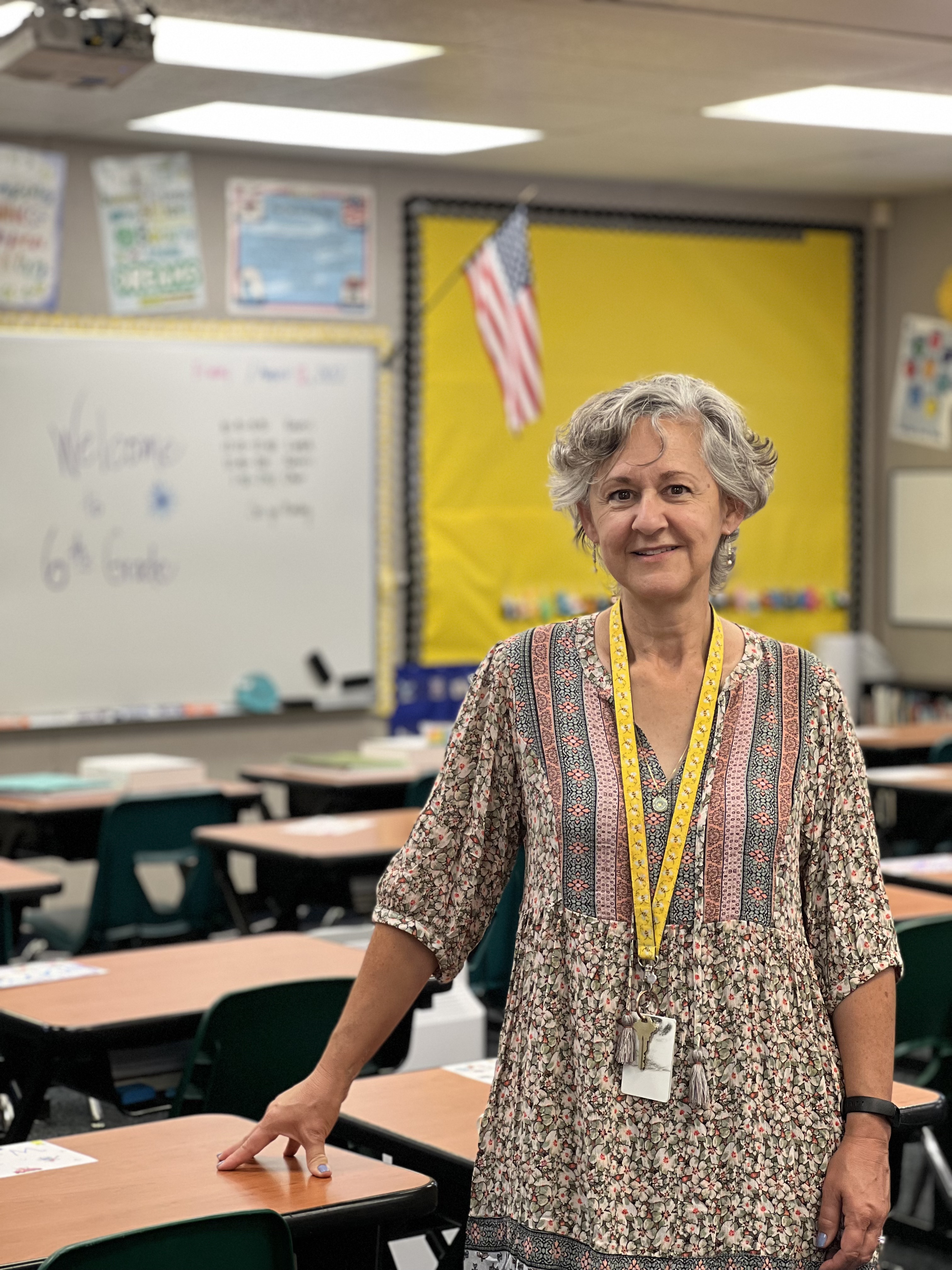
Linda Gonzales, Sixth Grade Teacher, Galt Teachers Association
“A benefit of my job as a journalist was to read and learn every day,” she says. “Teaching was kind of like working in a newsroom. I had a lot of good training to prepare me.”
The longtime news and online editor quit her job and went back to school to get her credential, teaching while taking classes for two years. She had a supportive grade level team who took her under their wings and passed on as much knowledge as they could. Gonzales says she’s really enjoying her new career.
“Sometimes I feel like I’m making a difference and sometimes I don’t,” she says. “I tell my kids all the time that working with them is way more fun than working with adults. Hopefully, I’m doing right by them.”
Gonzales says the heavy workload isn’t for the faint of heart, but she says even in the sunset of her career that making a difference for students in her school community is worth all the effort.
“I just have fun with it. I enjoy the kids and helping them grow socially,” she says.
When the COVID pandemic forced classrooms online, Gonzales’ digital skills allowed her to transfer almost seamlessly.
“And I was able to help my team. It was a nice opportunity
for me,” she says.
With her previous career spent in management, Galt Teachers Association is Gonzales’ first union — and she’s proud to be a member.
“My first year, I cast my first union vote. I remember thinking ‘this is so awesome!’” she says. “I’ve come to recognize the immense amount of work that school site reps put in.”
Caleb Allen
Coming from a family of teachers, it should come as no surprise that Caleb Allen ended up in a classroom. In his first year as a science teacher at the alternative high school he attended, Allen is trying to capture the excitement he had for science in school and convey it to his students, along with some other lessons he’s learned along the way.
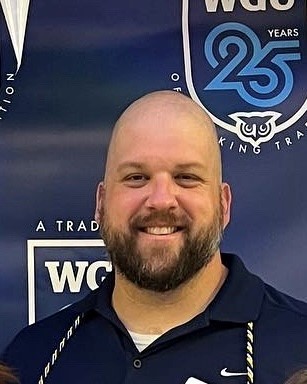
Caleb Allen, Science Teacher, Redlands Teachers Association
“Getting through my class is one thing, but it’s not everything,” Allen says. “Being able to share my experience alongside biology is giving them skills to succeed outside my classroom.”
Prior to becoming an educator, Allen worked in a variety of jobs, including medical administration, in a cabinetry workshop and for a satellite television company before becoming a stay-at-home dad for six years. When his kids began entering school, Allen took the time to finish his teaching credential, knowing that teaching would give him more time off when his kids were on break from school, allowing them to spend as much time together as possible.
Allen says being a first-year teacher at 39 is “terrifying,” bursting into nervous laughter. All jokes aside, while certainly daunting at times, Allen says being able to help kids who need help is everything.
“I’m enjoying what I’m doing. There’s a lot of stress, but the benefits and rewards make it all worthwhile,” Allen says. “I went to the alternative school, so I identify with my students. Being able to show them there’s more out there is good for my heart.”
A major priority for Allen this year is to support students who have been impacted by the COVID-19 pandemic and reach kids who may have fallen through the cracks.
“I think COVID did a number on everything,” he says.
A freshly joined member of Redlands Teachers Association, Allen has already attended his first CTA professional conference: New Educator Weekend, late last year, which he says was a valuable experience.
“It was good to get a couple new ideas for the classroom and learn about retirement and selfcare,” Allen says.
Sylvia Harmon
After 16 years as a substitute teacher, Sylvia Harmon is a first-year intervention teacher, joining her father and husband as educators.
She previously worked at a credit union — a job she didn’t enjoy and decided not to return to after taking leave to care for her father during his final months. When her husband suggested substitute teaching, Harmon was not interested at all.
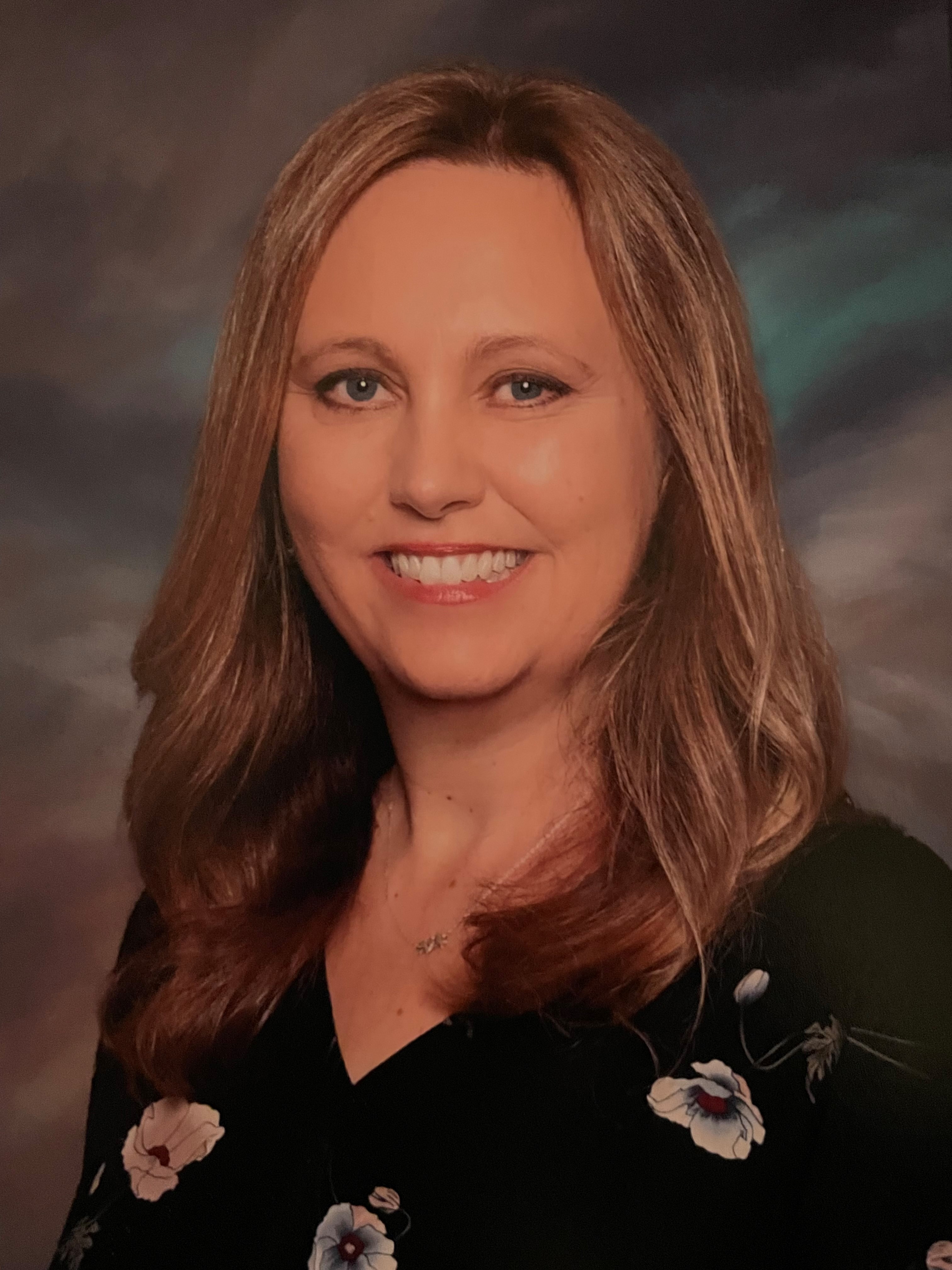
Sylvia Harmon, Intervention Teacher, Art, Oceanside Teachers Association
“I said ‘no way.’ I remember what we used to do to substitutes,” she says, though when she finally took the plunge, her attitude changed. “I started subbing and I absolutely loved it. I felt like I was really making a difference.”
Harmon had a number of long-term substitute assignments, so she was kept pretty busy — and lucky for her, primarily at the school her kids attended. When she was considering what she wanted to do, it was almost an easy decision.
“I knew that I didn’t want to go back to the rat race of banking. I didn’t feel like I was making a difference at all,” Harmon says. “I used to dread going to work, and I don’t have that at all now. I’m excited to see the kids and I’m happier overall.”
Harmon is proud to be a first-year educator at 55 years old, especially since there were plenty of times she was overwhelmed and wanted to give up. But that was never an option for Harmon.
“I had a lot of people ask me why I was doing all of this work when many of my friends are retiring,” she says. “But I don’t think I’m just starting — this is the natural next step in my career.”
As an intervention teacher, Harmon sees every student in the school, grades TK-5, once a week. In addition to fun art projects over the holidays, Harmon is now teaching students about different artists, differentiating based on grade level. She also teaches benchmark English Language Arts to a 4/5 combo class for 45 minutes every morning.
Riju Krishna
When Riju Krishna immigrated to the United States in 2000, she worked as a system administrator in the technology industry. After 21 years as a special education teacher, Krishna wonders how she ever did anything else.
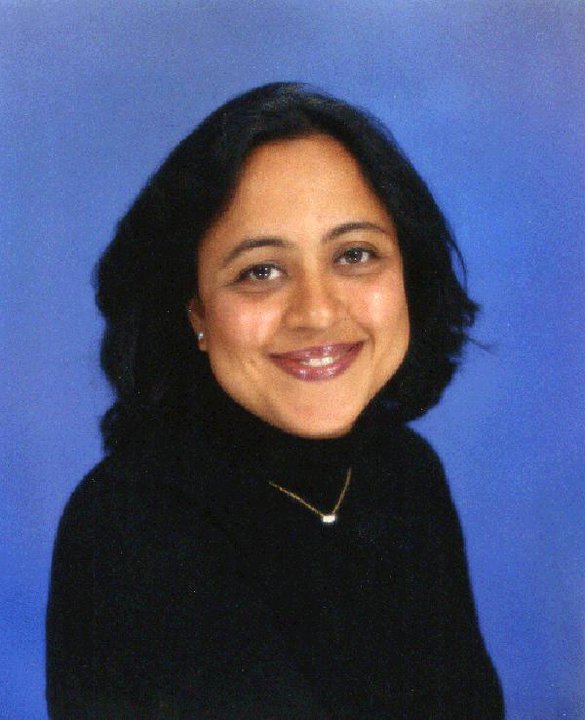
Riju Krishna, Specialized Academic Instruction Teacher, Association of County Educators
“Every day, I wake up excited about what I’m going to do,” Krishna says. “The passion has helped me grow and stay curious. I have grown every moment, and this is the only way I can be my best for students.”
As a single mother, Krishna needed a job that would allow her to take care of her family. She was driving by a Santa Clara County Office of Education (SCCOE) job fair when balloons they had put out caught Krishna’s son’s attention, necessitating a stop. She talked with SCCOE staff about potential job opportunities — Krishna had a master’s in mathematics, was a math professor in India and was looking for a change. She and a friend agreed they would both try out teaching special education.
When Krishna first arrived, it was challenging. But after the first week, she found her passion.
“Before, I didn’t know where I was heading, but after the first week in my class, I wondered why it took me so long to be here in special education. I was meant to be here,” she says. “It was magical.”
ACE is Krishna’s first union, and she immediately discovered that it was about so much more than contracts and rights.
“A union is not just where you go when you are in trouble — it’s a place where you become a better educator,” she says. “Having a union is having a collaboration of like-minded people who can truly help each other grow and do the best for our students.”
Krishna especially appreciates tapping into the collective knowledge and vast experience of her colleagues to bounce ideas and grow as educators.
“All of us have different motivations, but all of us have a passion for the students we serve,” she says. “That like-mindedness unites us.”
Wendy Matteson
Wendy Matteson says that a lot of the tools she learned as a waitress for 18 years have been useful since she became a special education teacher in 2019.
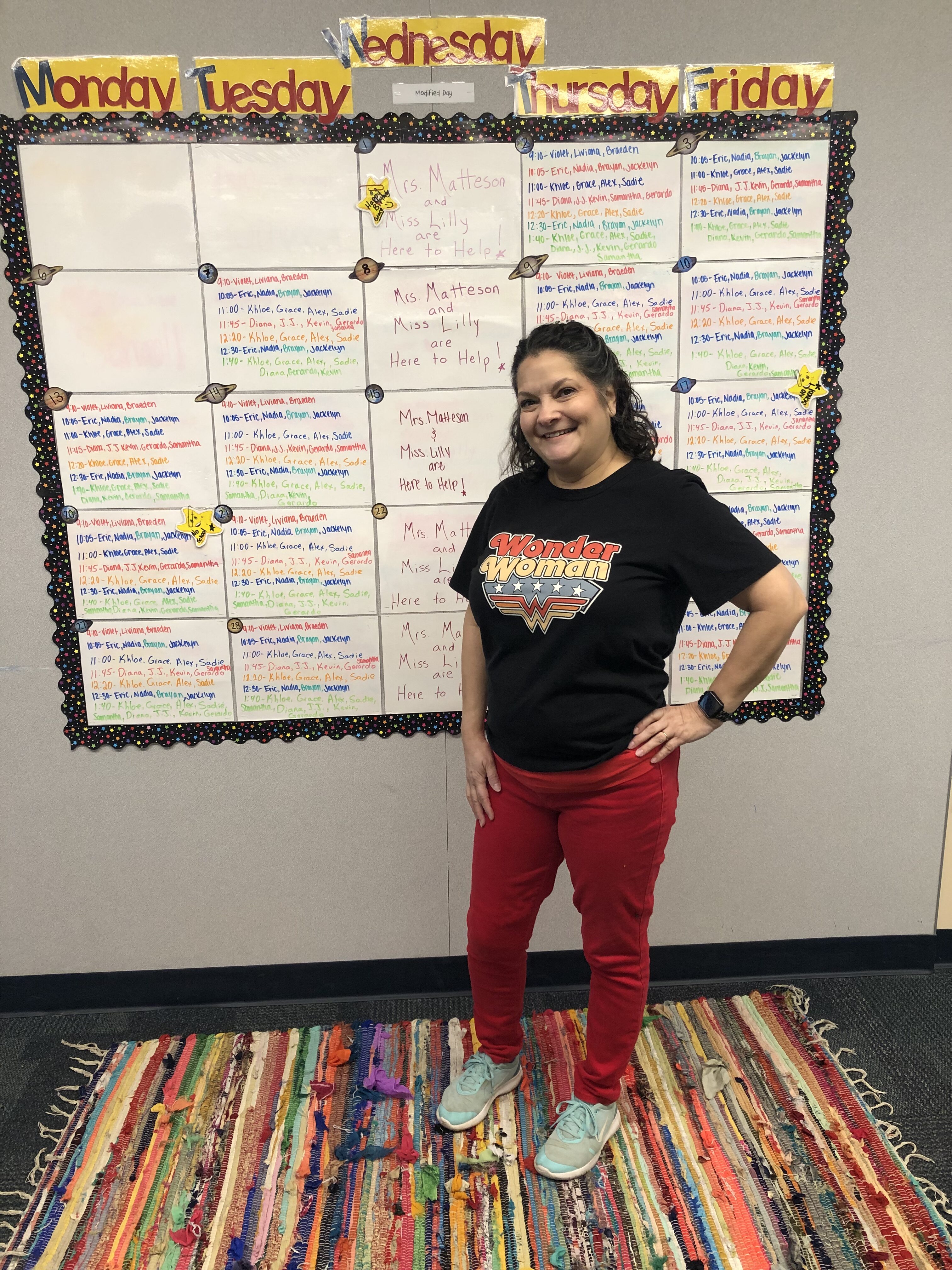
Wendy Matteson, Special Education Teacher, Temecula Valley Educators Association
“When someone orders a salad, you have to list all of the salad dressings: ranch, Italian, thousand island, blue cheese. And then you go to the next person and even though they just heard all the dressings, they want to hear them again. And then the next person and so on,” says Matteson. “There’s a lot of repeating things in both jobs!”
Matteson had plans to earn her degree multiple times, finishing two years of college before she needed to quit school to take care of two kids as a single parent. When both of her kids grew up and moved out, Matteson thought about what she wanted to do.
“Waitresses don’t have a retirement plan, so I thought ‘I’d really love to go back to get my degree,’” she says, returning to school in 2015. “It was an amazing journey and the doors kept opening and the path led me here.”
As Matteson progressed through college, she realized that she already knew a lot of the material through her own life experiences — she was filling in the knowledge with the book work. Raising multiple children with conditions like ADHD, autism and emotional issues helps inform her practice today as she supports students who face a lot of the same issues.
“I’m helping students learn to think and to be adults who can effectively be a part of society in the best way they choose,” Matteson says.
Matteson is an active member of her local, serving as chair of the Special Education Committee. She said she had a lot of preconceptions about the union before becoming a member — some of which have been confirmed but most have been dispelled.
“I have been able to use my voice on both sides: at union meetings and to correct people outside the union when their assumptions are wrong,” she says.
Johnny Zegarra
By his own description, Johnny Zegarra is intense in the kitchen. After preparing culinary masterpieces in some of Los Angeles’ most popular restaurants as a Le Cordon Bleu-trained chef, the transition to teaching wasn’t easy.
“If you’ve ever watched (the television show) ‘Hell’s Kitchen,’ that’s how it is,” laughs Zegarra. “So, it was an adjustment.”
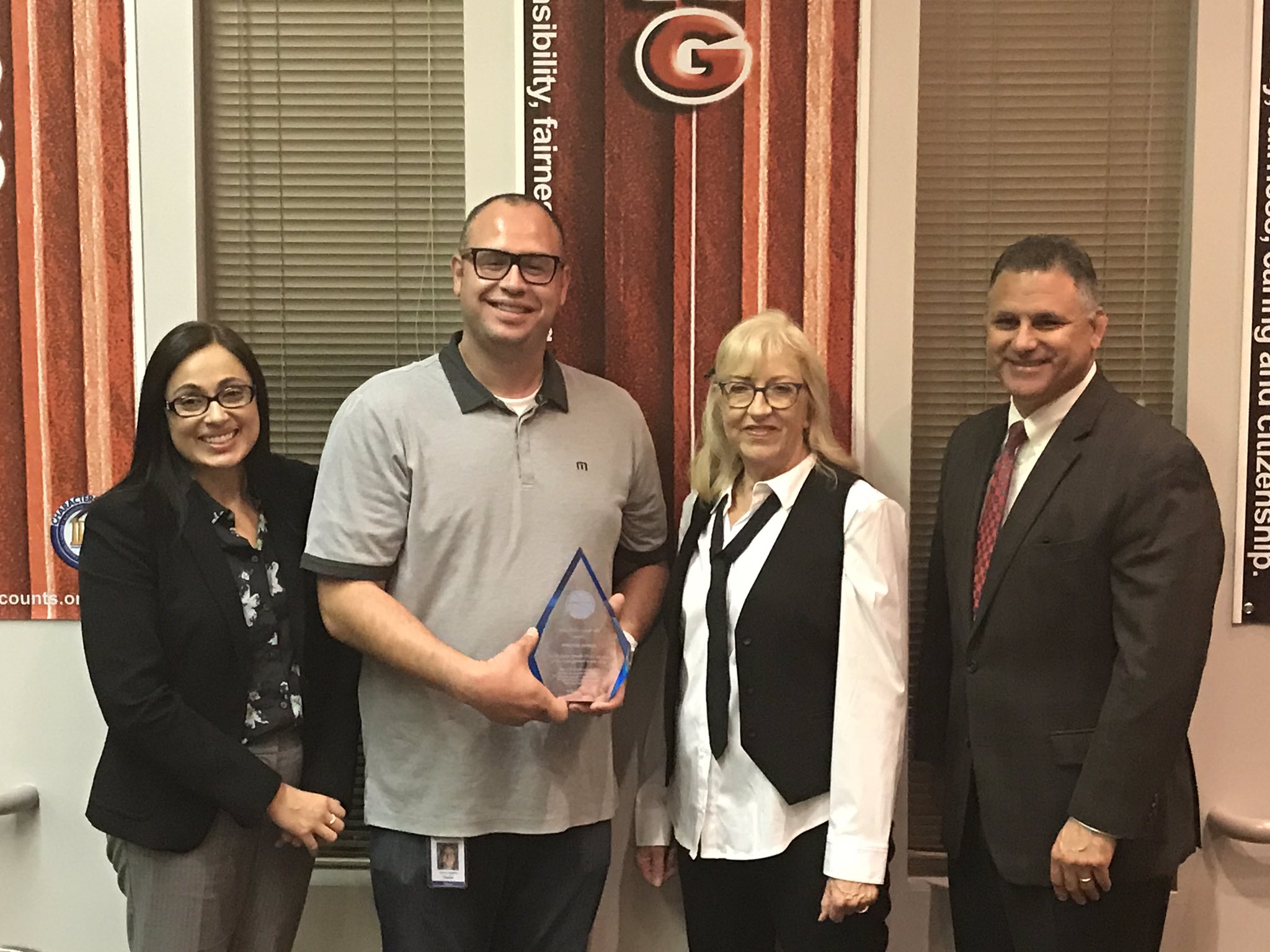
Johnny Zegarra, Culinary Instructor, Downey Education Association
While cooking at Los Angeles mainstays like Bottega Louie and Napa Valley Grille, Zegarra decided to go back to school to get his teaching credential. He started as an after-school culinary arts instructor in Downey one day a week at first. One class became two became three, and after two and a half years, he became a full-time teacher in 2014.
Zegarra teaches and trains his students the skills they’ll need to work at a restaurant from his real world experiences. Zegarra and his students work catering jobs, with Zegarra making sure every student gets paid $20 an hour when they work private events.
“The kids are doing five-star meals out of a food truck to guests,” Zegarra says. “A lot of my students get hired at local restaurants. Even if it’s not what they want to do in life, cooking will get them through college.”
Zegarra eats, sleeps and breathes the culinary arts — until five years ago, he would get off work as a teacher, change aprons and go work on the line cooking dinner at Fox Studios. He teaches students about safety, cooking techniques and process, knife work, certifications and why all of it is important to the final product of a good meal.
“If I can give them confidence to cook for themselves, that means something to me,” Zegarra says. “At first I thought it was just a job. But, then a kid told me the best he ate all week was in my class, and I knew I had to teach all of them how to cook for themselves so they’re not hungry.”
Zegarra truly appreciates the rights and protections afforded by his union contract, like defined hours, decent working conditions and holidays.
“That doesn’t exist at the restaurant,” he says. “On Mother’s Day, you’re cooking for everyone’s mother but your own.”
Deidre Robinson
Deidre Robinson took a big pay cut when she left accounting 20 years ago to teach in her hometown of Oakland, forcing her to work multiple jobs to make ends meet.
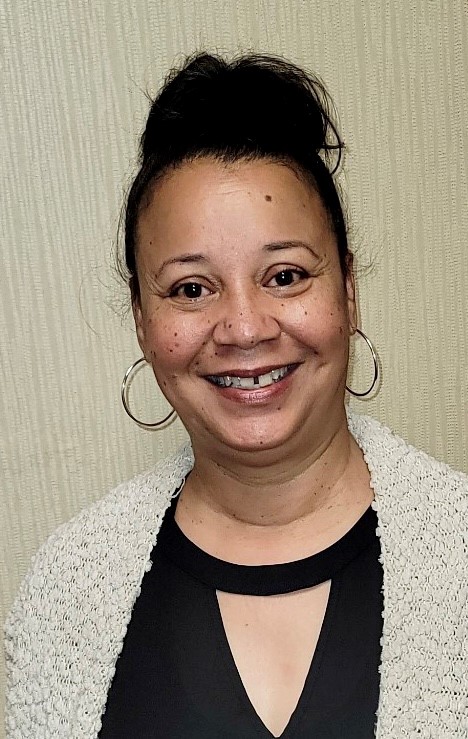
Deidre Robinson, Third Grade Teacher, Oakland Education Association
“It was hard, but I was determined to give back to my city,” Robinson says. “I only wanted to come into the teaching profession for 10 years so that I could be an advocate for teachers and students.”
While Robinson was an accountant and auditor at Kaiser, she took courses toward a teaching credential here and there, finding that she enjoyed it more than her actual job. When she told some of her family members who are educators that she was going to become a teacher, they asked her why. Robinson’s answer was to focus on helping kids in her community to have a voice.
“At the end of the day, children need consistency, and they need to know a person cares about them and wants them to succeed in school,” she says.
Before she became an educator, Robinson says she had a lack of understanding about what teachers encounter on a daily basis.
“Everyone has a thought about what we do, and it’s not unless you’ve been in the trenches that you can truly understand it,” Robinson says.
Robinson says her first year teaching was difficult, and she almost
left after seven years due to what she calls “post-traumatic stress disorder from teaching in a neighborhood with economic and crime issues.” The pandemic has added additional daunting challenges, she says.
When she first became a member of Oakland Education Association, Robinson says she didn’t get involved, just “paying my dues and keeping it moving.” But after attending NEA Representative Assembly as a delegate, she wanted to learn more and began getting involved. Today, she serves as a member of the bargaining team and on the executive board.
“Once I got involved, that was it,” Robinson says. “You have to know your contract because people will try to make you do things that are not OK.”
Allison Medlin
Allison Medlin was a stay-at-home mom when she decided to start substitute teaching. Following a previous successful career in high-tech sales and management, Medlin had always planned on returning to work 10 years after leaving in 2000.
“I really enjoyed working with kids and I didn’t know that about myself, so I decided to get my credential,” Medlin says. “It’s so rewarding to work with kids every day. It just felt purposeful.”
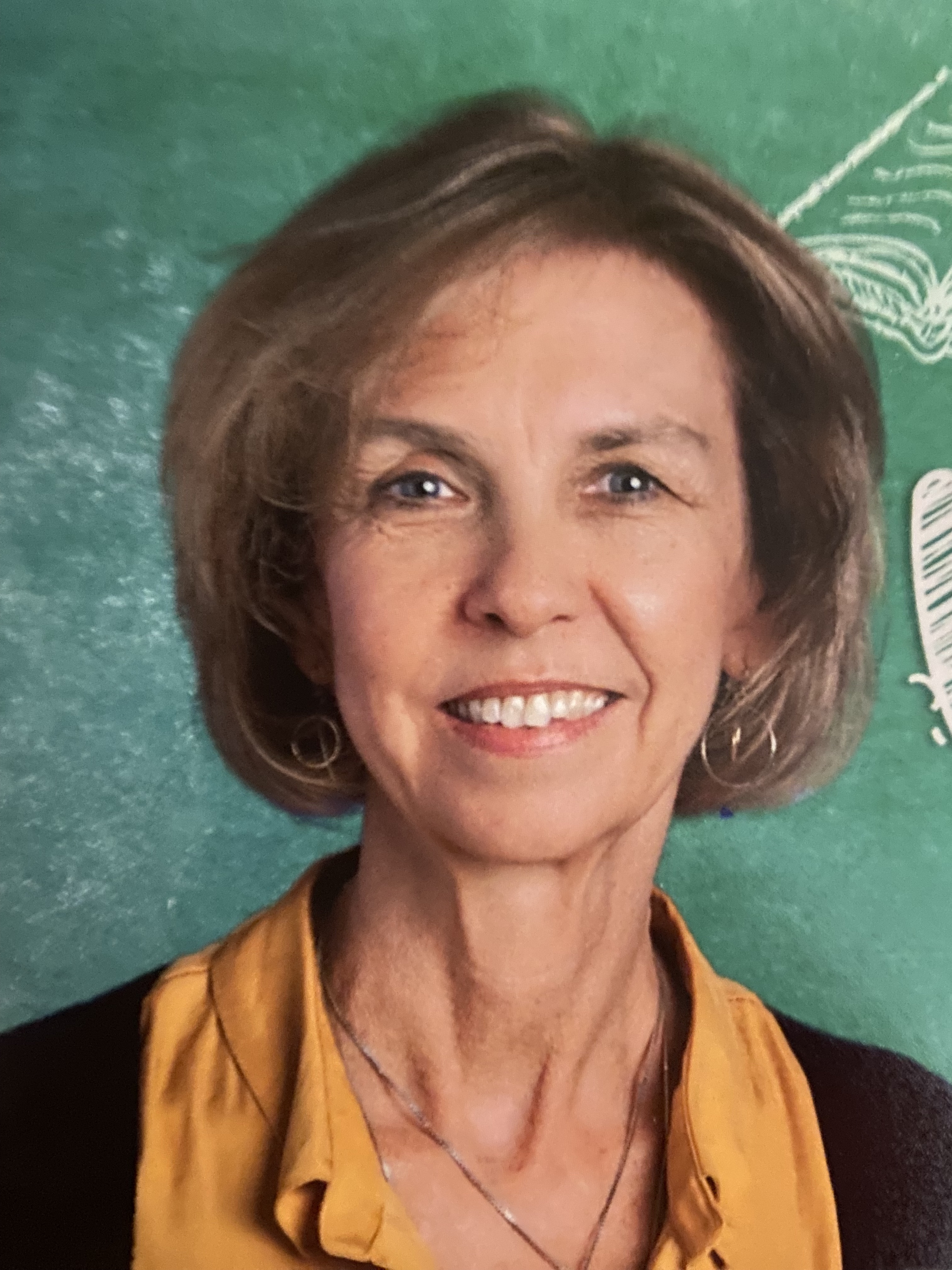
Allison Medlin, Fourth Grade Teacher, San Jose Teachers Association
Shifting from a substitute to a classroom teacher in 2008 was a bigger adjustment than Medlin had anticipated— working in someone else’s classroom and being handed a lesson plan is a lot different than creating one yourself in your own classroom every day, she says. But Medlin persevered and excelled in the classroom, powering her day with how happy teaching made her.
“The perks of working in tech just don’t size up to the way teaching makes me feel,” she says. “I was lucky because I was in a place financially to make that choice.”
Medlin says it’s a dream come true to help children learn what they are capable of and see what’s possible.
“It means everything. You live for the magic moment when your kid suddenly gets that ‘I get it!’ look,” she says. “It means the little things you do every day make a difference somewhere in their life.”
Medlin serves her local as an elementary director on San José Teachers Association’s executive board. A first-time union member, she’s proud to speak out on behalf of other teachers and be a part of something bigger than herself.
“We are stronger together and we are here for each other,” Medlin says. “The job is really hard with many demands. Having a union — that group who you walk in step with — is everything.”
The Discussion 0 comments Post a Comment